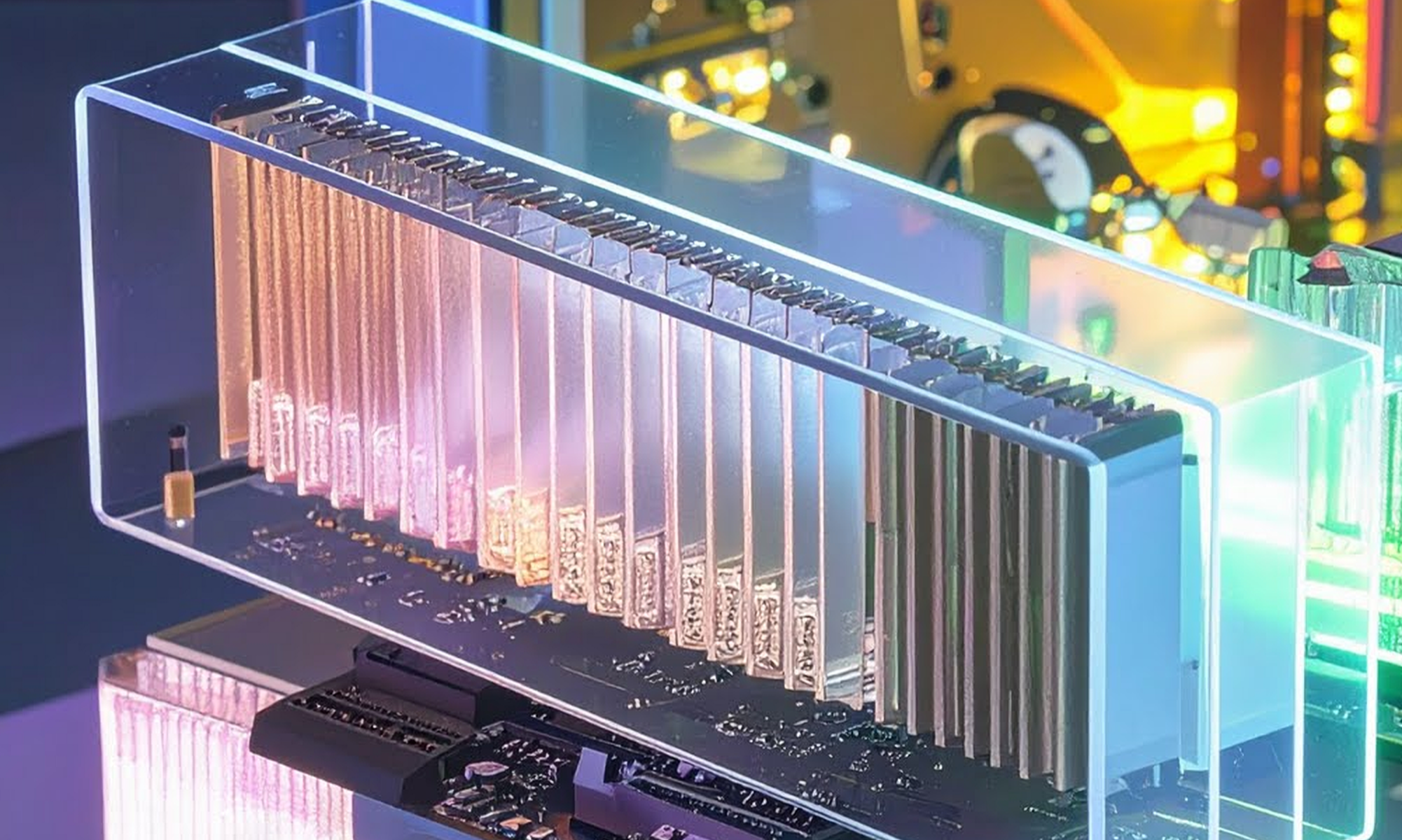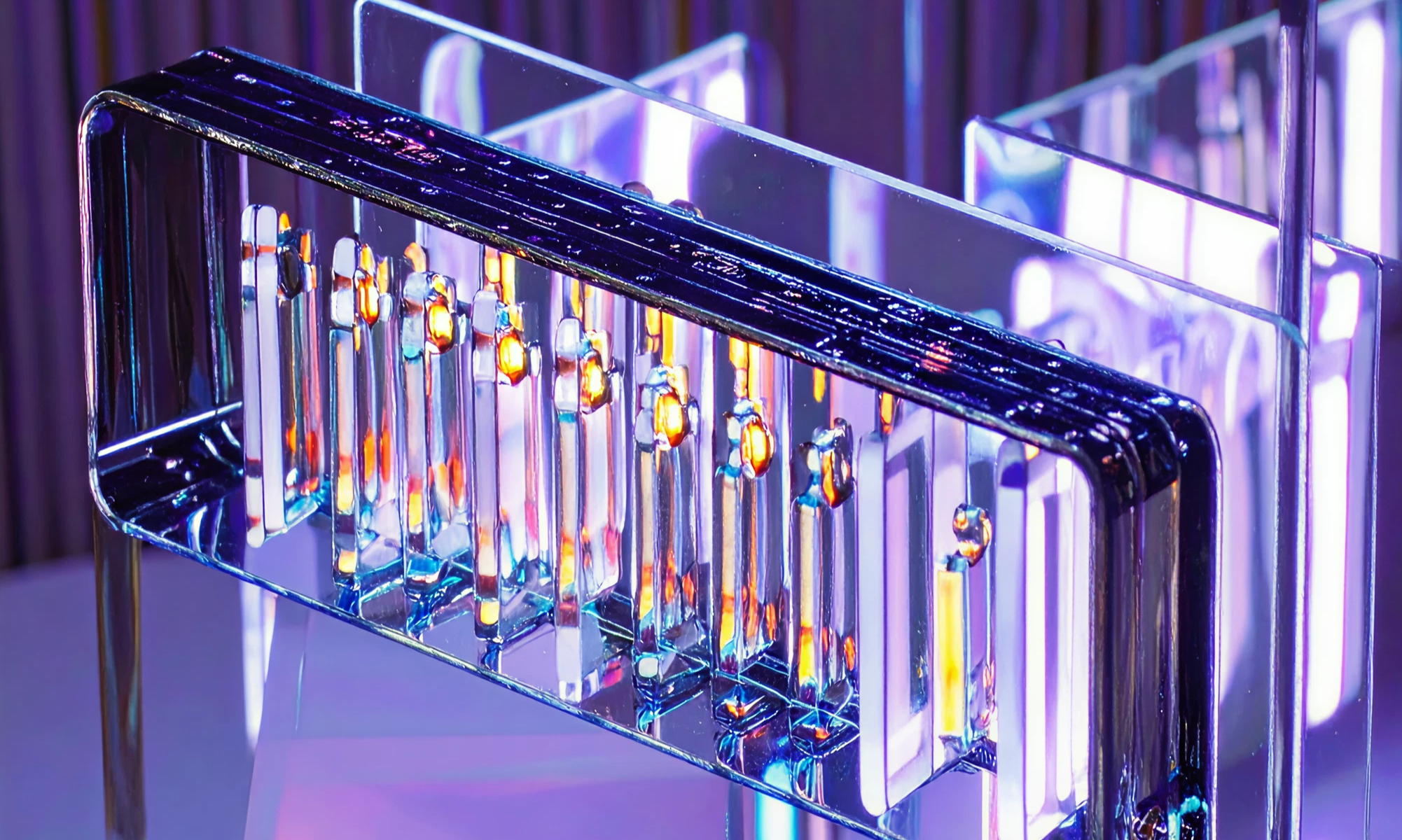AI
our blog
How to Build a True Investment Magnet: the Perfect MVP

The words 'minimum viable product' are some of the most deeply misunderstood in the startup space.
Too many founders see the word 'minimum' and assume it means 'low quality'. They envisage ending up with an ugly, buggy, feature poor app that that no one in their right mind would even use, let alone invest in. However, for investors in Europe, who are significantly more risk averse than their contemporaries in Silicon Valley,
"a focussed MVP and three months of user data is almost always critical to raising investment."
The problem isn't always that founders misjudge the importance of their MVP. More commonly, startups tend to misallocate their limited resources during the build process. They judge every feature as equally important, and sacrifice a great user experience for their ideal functionality set.
It's the quintessential 'solution first' mindset - cram as much as possible into the app without consideration for the real-world problem that you're trying to solve. This can lead to an over-complicated prototype, as well as a long, expensive build process.
"An investment-ready MVP has the look and feel of a finished product."
It's a pleasure to use, with a focused approach to solving a specific, identifiable problem.
Let's dive into a structured methodology for planning your dream MVP build.
1. Define and research your problem
Before even thinking up your app idea, you should have had a specific, user-centred problem in mind that you want to solve using technology. To focus yourself, try writing a short elevator pitch explaining your idea for your new product, how it meets the needs of your projected users and your niche in the market.
2. Make a note of your assumptions
In identifying a problem, you are a making a number of assumptions. For example, if your product is a pick-up laundry service app, some assumptions might be:
- People will trust an online laundry service
- Users are comfortable paying on their phone
- They have time to wait for the pick-up
- It's more convenient to order online than to find the nearest launderette
Noting down your assumptions is critical when it comes to building your MVP as it will enable you to define and prioritise features.
Give it a go for your own product and aim for approximately ten testable assumptions.
3. List a minimum feature set that will allow you to test your assumptions
Creating your MVP isn't just about showing a working product. It's about using a minimal platform to prove (using data!) that your business model is viable. Its feature set should therefore be limited only to those that allow you to test the assumptions above in the quickest and most cost effective manner.
Carefully decide which features are necessary in order to test successfully. Remember, investors want to see a finished product with at least three months of user data before they'll consider laying their money down.
"Testing is absolutely key in proving your hypothesis and securing their interest."
By building your MVP exclusively around these features, you should end up with a focused, high-quality prototype that allows you to prove the potential of your product idea - and for a fraction of the cost.
A strong prototype should cost in the region of £20,000 and should be deliverable within 8 weeks. By investing this up front, you're showing your devotion to your idea, and your commitment to seeing the project right through to the end. It shows investors you have skin in the game, believe in your idea and that you’re prepared to do what’s necessary to make the project a knock-out success.
I hope that’s useful! If you have any questions about prototype builds, feel free to drop us a line.
Good luck and happy building!









